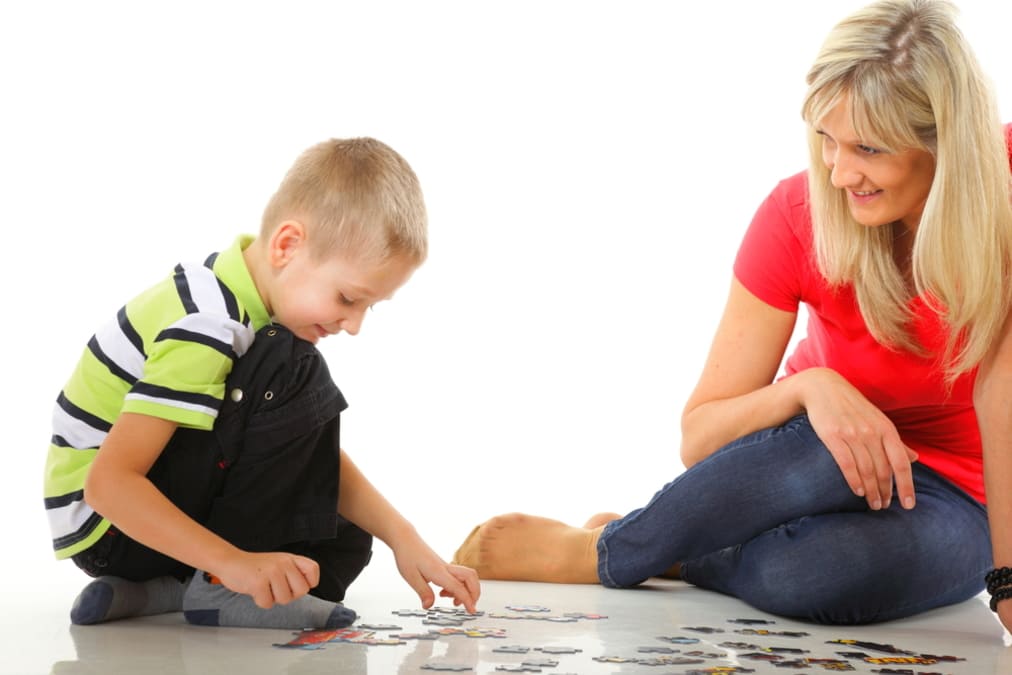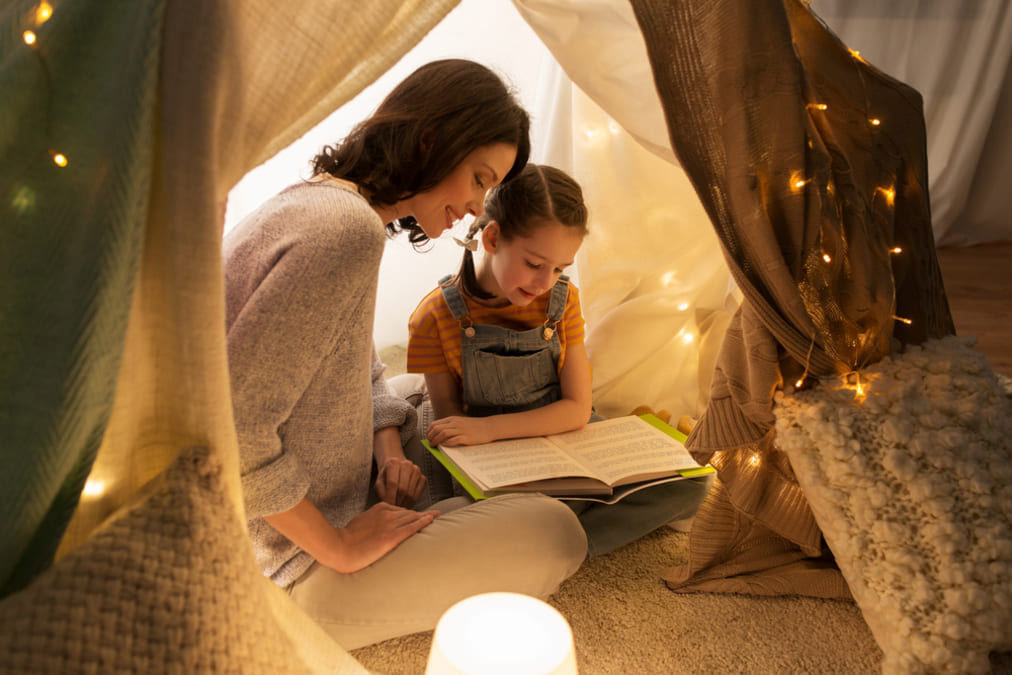Parenting is no walk in the park, and with the myriad of styles and techniques out there, it’s easy to get lost in the maze. While there’s no one-size-fits-all approach, some methods have garnered more side-eyes than nods of approval. Let’s check out some of our era’s most debated parenting styles. Buckle up; it’s going to be an enlightening ride!
Table of Contents
Helicopter Parenting

The term “helicopter parenting” paints a vivid picture of parents who hover over their children’s every move, much like a helicopter hovering in the sky. These parents are characterized by their deep involvement in their child’s life, often to the point of micromanagement. While their intentions are rooted in love and concern, this style can inadvertently stifle a child’s sense of independence. Over time, children might feel that they can’t make decisions without their parent’s input or approval. It’s akin to a bird wanting to soar but constantly being tethered to the ground.
Tiger Parenting

Venture into the realm of tiger parenting, and you’ll find a world where achieving the best is non-negotiable. These parents have high expectations and aren’t afraid to push their children to meet them. Discipline, rigorous training, and a structured environment are hallmarks of this style. While it can produce high achievers, it can also lead to undue stress and pressure. It’s like being in a constant race where coming in second isn’t an option.
Lawnmower Parenting

Lawnmower parents are all about creating a clear path for their children. Just as a lawnmower cuts down grass to create a smooth surface, these parents remove any potential obstacles, challenges, or hardships from their child’s path. The intention is to prevent their child from facing any form of adversity. However, this can deprive children of essential life lessons and coping mechanisms. Imagine a world where you never face challenges – sounds ideal, but it’s not realistic or beneficial in the long run.
Free-Range Parenting

Inspired by the concept of free-range chickens that roam freely, free-range parenting is all about granting children autonomy and freedom. These parents believe that children learn best from their experiences, even if it means making mistakes along the way. While it encourages independence and problem-solving, it’s essential to strike a balance to ensure children’s safety and well-being. It’s like giving someone the tools to build but letting them design the blueprint.
Permissive Parenting

In the world of permissive parenting, rules are few, and boundaries are fluid. These parents are often seen more as friends than authoritative figures. They’re lenient and often yield to their child’s wishes, desires, and emotions. While this creates a relaxed and open environment, it can sometimes lead to a lack of discipline or understanding of consequences. Picture a playground with no fences – fun but potentially chaotic.
Authoritarian Parenting

Authoritarian parenting is characterized by strict rules, high expectations, and a no-nonsense approach. These parents believe in structure and often employ a top-down approach in their parenting style. While children raised in such environments might develop a strong sense of discipline and responsibility, they might also feel pressured or unheard. The environment in an authoritarian household is similar to a classroom with a strict teacher where there’s little room for discussion or debate. Think of it as a musical conductor who expects every note to be played perfectly without any improvisation.
Narcissistic Parenting

In the realm of narcissistic parenting, the parent’s needs and desires always take center stage, often overshadowing those of the child. These parents might seek validation through their children’s achievements, pushing them to excel in areas that the parent values or deems prestigious. While it can lead to high achievers, it might also result in children feeling undervalued for who they truly are. It’s akin to a director who wants every actor to play a role that mirrors their own life, neglecting the individual talents and desires of the cast.
Attachment Parenting

Rooted in the belief that children thrive when their emotional needs are met, attachment parenting emphasizes closeness, empathy, and responsiveness. Parents might opt for co-sleeping, extended breastfeeding, and baby-wearing. While it fosters a deep bond between parent and child, it’s essential to ensure that the child also learns independence and self-reliance. Picture a tree and a vine; while the vine relies on the tree for support, it must also learn to grow and spread on its own.
Dolphin Parenting

Dolphin parents strive to strike a balance between the free-spirited nature of the permissive parent and the structured approach of the authoritarian parent. They aim to guide their children through collaboration and encouragement. While the intention is to create a balanced environment, it’s crucial to maintain consistency. Imagine a dance where the lead alternates between partners; while it can be harmonious, it requires clear communication and understanding.
Peer Parenting

The essence of peer parenting lies in treating children as equals, blurring the lines between parent and friend. While this approach fosters open communication and trust, it might sometimes lead to a lack of boundaries or structure. Children need guidance, and while camaraderie is essential, the role of a parent also involves providing direction and setting limits. It’s like a band where everyone plays the lead guitar; while it might produce some great solos, it also needs rhythm and harmony to create a complete song.
While each parenting style has its merits and pitfalls, it’s essential to remember that every child is unique. What works for one might not work for another. The key is to find a balance, ensuring our children feel loved, supported, and prepared to face the world. After all, isn’t that what parenting’s all about? Happy parenting, folks!








